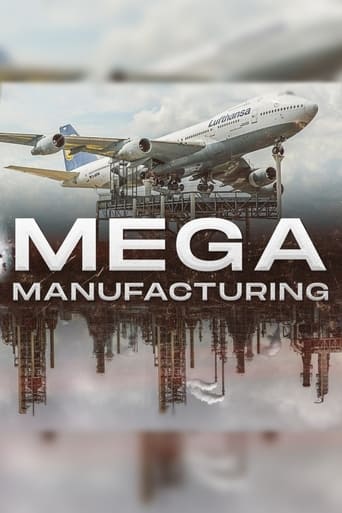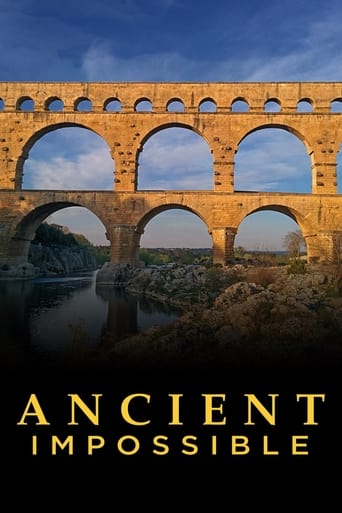
High Seas and Fast Lanes
We set a course for the most treacherous sea routes, the most ingenious man made canals, and the most extreme conditions ship crews will face. Shipping routes have been defined and redefined over decades. All in pursuit of finding the fastest and safest way to move goods between ports. Along these routes, the dangers are many. Around the coast of Africa, pirates still rule the waters, preying on shipping vessels. Particularly those who are crewed by countries known to pay ransoms. Maps of global shipping routes reveal these dark spots, where ships dare not travel. Regions like the coast of Somalia, a notorious pirate strait. The ocean itself is often treacherous.
- Andrew Southwell
Country: AU
Language: En
Runtime: 60
Season 1:

We discover how a steel box with a standard set of dimensions revolutionised global trade. It began in 1956, when a refitted oil tanker carried nearly 60 containers down the East coast of America from Newark to Houston. This radical new approach was the brainchild of American trucking magnate Malcolm McLean, who had seen the inefficient process of loading goods between ship and truck and knew there had to be a better way. He sold his multimillion dollar trucking business to fund this new endeavour. What followed changed the world. The cargo container.

We explore the incredible record-breaking ships built to move massive volumes of cargo and the history of invention and engineering that defined the industry. In the early years of the 20th century, ocean vessels became a site of competition between nations. Who could build the biggest and fastest ships. It was in this race that early record-breakers were built. Ships like the Lusitania, the Olympic and the Titanic.

We set a course for the most treacherous sea routes, the most ingenious man made canals, and the most extreme conditions ship crews will face. Shipping routes have been defined and redefined over decades. All in pursuit of finding the fastest and safest way to move goods between ports. Along these routes, the dangers are many. Around the coast of Africa, pirates still rule the waters, preying on shipping vessels. Particularly those who are crewed by countries known to pay ransoms. Maps of global shipping routes reveal these dark spots, where ships dare not travel. Regions like the coast of Somalia, a notorious pirate strait. The ocean itself is often treacherous.

We take a closer look at the science and evolution of modern ports, built to service vessels that are growing in scale each year. Sea ports and their cities are at the heart of the shipping industry. The gateway through which goods are moved between land and sea. As trends and technology have evolved over the course of the 20th century, so too do these cities. Rising and falling economies inexorably linked to the industry they are built around.






















